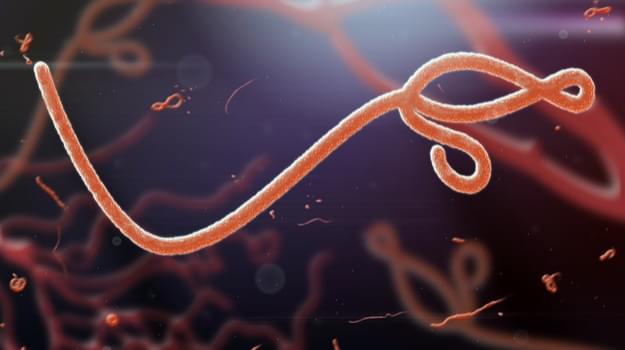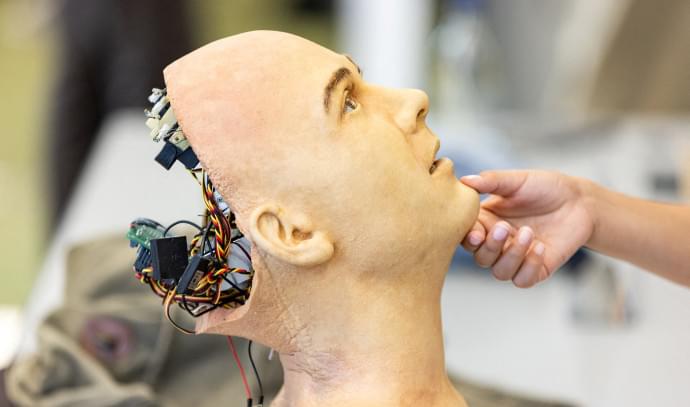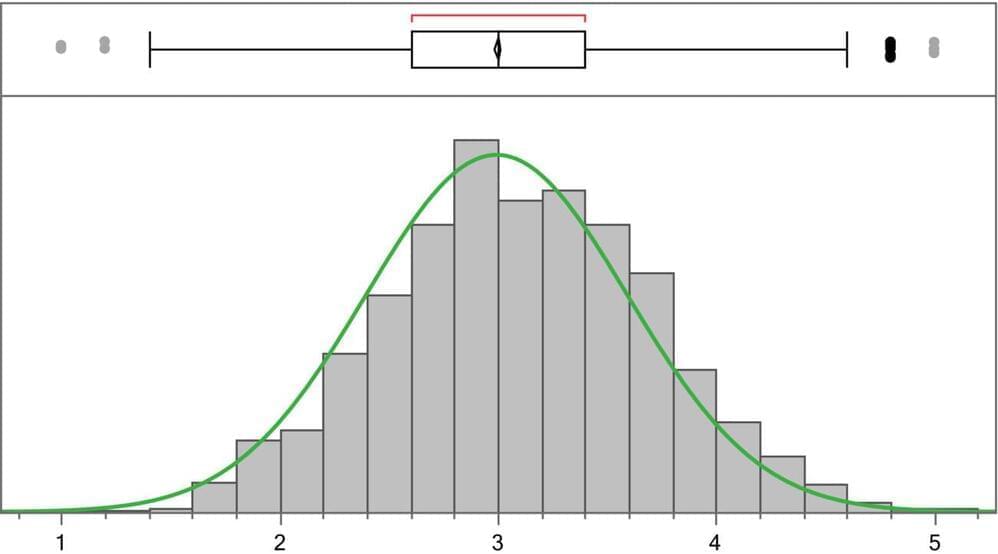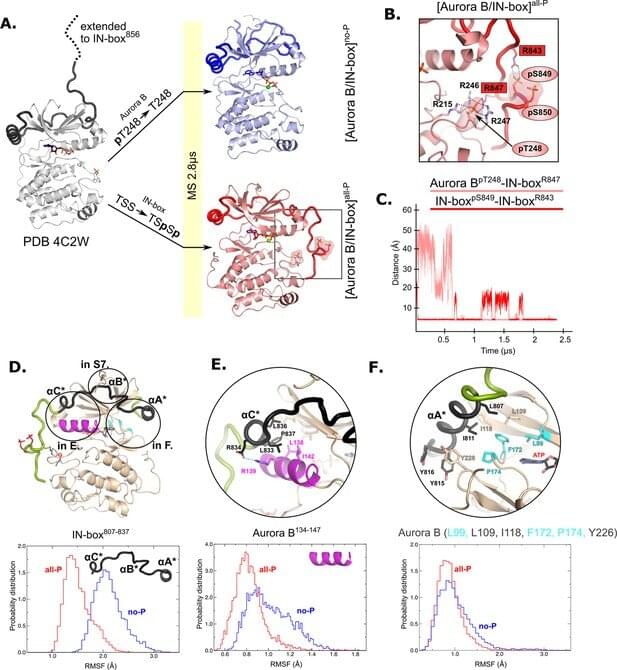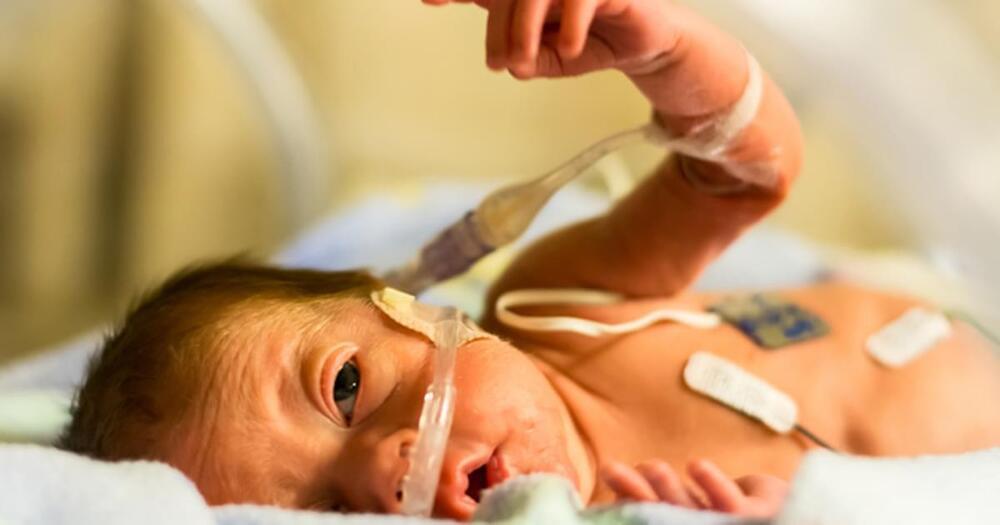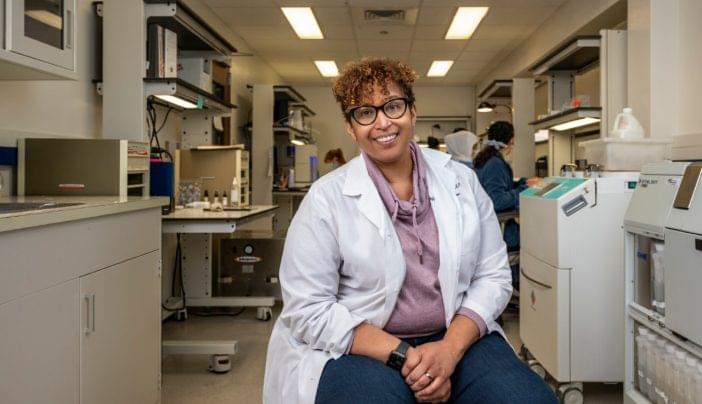Year 2019 😗😁
The European Commission approved the world’s first Ebola vaccine. The vaccine is manufactured by Merck and has a trade name of Ervebo.
“The European Commission’s marketing authorization of Ervebo is the result of an unprecedented collaboration for which the entire world should be proud,” said Kenneth C. Frazier, Merck’s chairman and chief executive officer. “It is a historic milestone and a testament to the power of science, innovation and public-private partnership.”
Frazier added, “After recognizing the need and urgency for an Ebola Zaire vaccine, many came together across sectors to answer the global call for outbreak preparedness. We at Merck are honored to play a part in Ebola outbreak response efforts and we remain committed to our partners and the people we serve. We also look forward to continuing to work with the FDA and the African countries on their regulatory reviews over the coming months and with the World Health Organization on vaccine prequalification, which will help broaden access to this important vaccine for those who need it most.”
